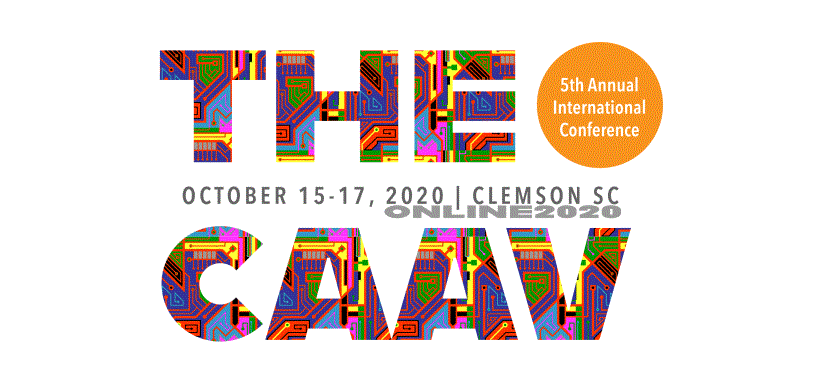Event Title
Journey Through the Blues
Location
Clemson, SC
Start Date
17-10-2020 10:30 AM
End Date
17-10-2020 10:55 AM
Presentation Type
Presentation
Description
VR can help core text programs expand the idea of “text” and enrich their content, but the humanities have perhaps been slower to embrace this technology than our peers in STEM fields. Coming from a background in English literature and teaching in a first-year seminar program, I have been seeking ways to engage my students more fully in understanding art and culture, formats that move beyond the limitations of text. Using VR technology, I have undertaken the development of a three-dimensional “blues joint,” with the help of Andrew Grace, Senior Applications Developer for the CAVE at Villanova University. We have created an immersive experience to share both blues poems by Langston Hughes (visually and orally) and performances of the blues, music that inspired his work. Nearly 100 years after the publication of The Weary Blues in 1925, Hughes’ first volume of verse, we can celebrate anew the then-novelty of the multiple modality of his work, which cannot be confined to the page. This range of modality is more accessible to students through the multimedia experience of the CAVE, which situates Hughes’ poems within the cultural context of the Harlem Renaissance and its aims, creating an exchange between Hughes, two other poets, and an array of blues musicians who are showcased in the project. This presentation will discuss how the CAVE program named Journey Through the Blues aids students in considering not only the musical quality that is inherent in word choice and lyricism of composition, but also a more direct celebration of the musical form that underlies the poem: the blues, a musical form with which most students are not familiar.
Journey Through the Blues
Clemson, SC
VR can help core text programs expand the idea of “text” and enrich their content, but the humanities have perhaps been slower to embrace this technology than our peers in STEM fields. Coming from a background in English literature and teaching in a first-year seminar program, I have been seeking ways to engage my students more fully in understanding art and culture, formats that move beyond the limitations of text. Using VR technology, I have undertaken the development of a three-dimensional “blues joint,” with the help of Andrew Grace, Senior Applications Developer for the CAVE at Villanova University. We have created an immersive experience to share both blues poems by Langston Hughes (visually and orally) and performances of the blues, music that inspired his work. Nearly 100 years after the publication of The Weary Blues in 1925, Hughes’ first volume of verse, we can celebrate anew the then-novelty of the multiple modality of his work, which cannot be confined to the page. This range of modality is more accessible to students through the multimedia experience of the CAVE, which situates Hughes’ poems within the cultural context of the Harlem Renaissance and its aims, creating an exchange between Hughes, two other poets, and an array of blues musicians who are showcased in the project. This presentation will discuss how the CAVE program named Journey Through the Blues aids students in considering not only the musical quality that is inherent in word choice and lyricism of composition, but also a more direct celebration of the musical form that underlies the poem: the blues, a musical form with which most students are not familiar.


